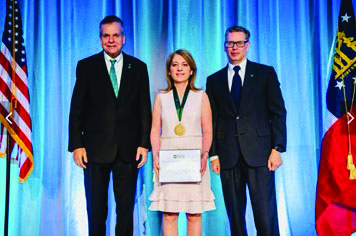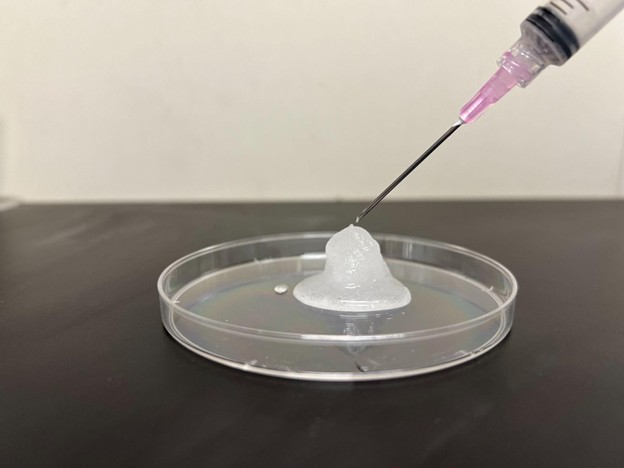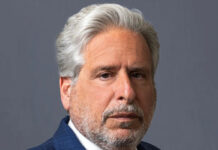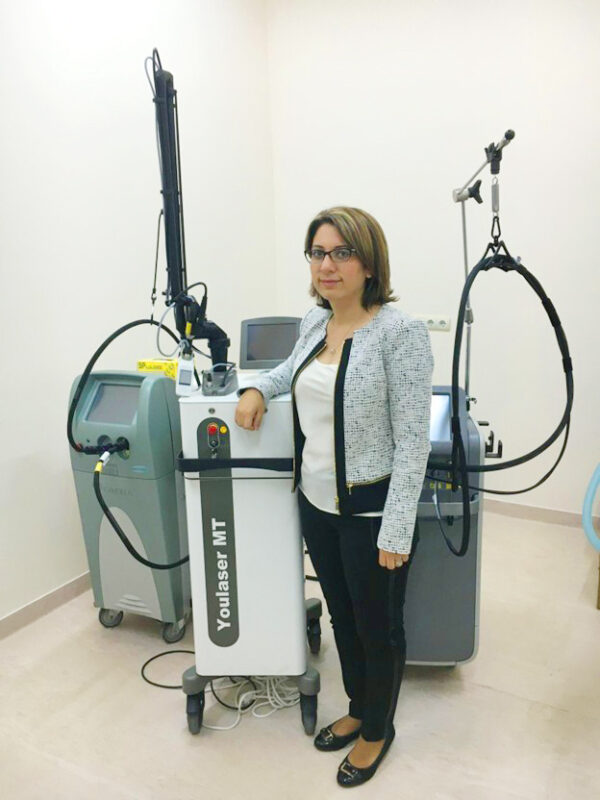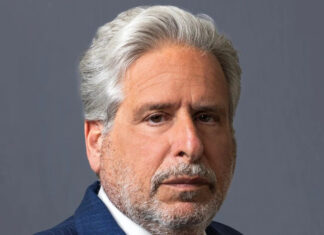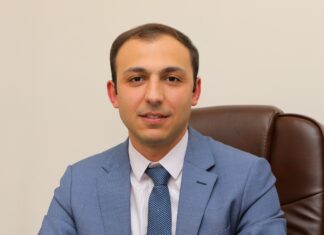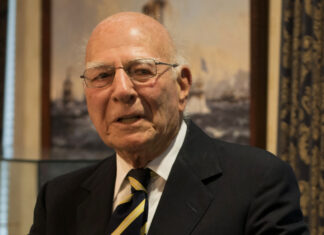By Raffi V. Arkun
Special to the Mirror-Spectator
BEVERLY, Mass. — “I am not going to let fear stop me.” These words became Dr. Lilit Garibyan’s mantra when facing the possibility of failing at various key stages of her life, especially in her youth, and it seems they were helpful. She graduated from the University of California, Los Angeles (UCLA) and Harvard and now is working on a US Food and Drug Administration-deemed “breakthrough device” that could eventually become the standard treatment for various chronic conditions like knee osteoarthritis and post-surgical pain. However, her path in life was not always so clearly bright.

Early Life in Yerevan
Born in Yerevan, Garibyan was one of three children in her class granted the honor of wearing a red scarf around her neck, which during the Communist era represented the top of the class. In the first grade, students were taught Armenian, Russian and Farsi, but not English. Her life dramatically changed when her family immigrated to the United States and settled in California in 1991, forcing Garibyan to learn a new language from scratch while adjusting to a new culture and a new school.
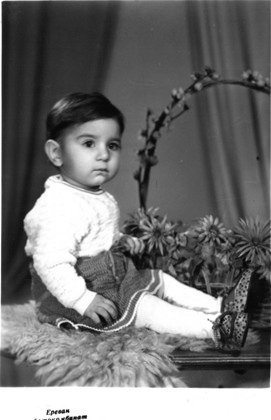
She eventually began to do well in school but when application season for college approached, Garibyan’s high school guidance counselor still advised her to apply to Glendale Community College, believing that other University of California (UC) schools would be too difficult and expensive. To try and raise money for college, a discouraged Lilit got a job dry cleaning which was “mind numbing.”
